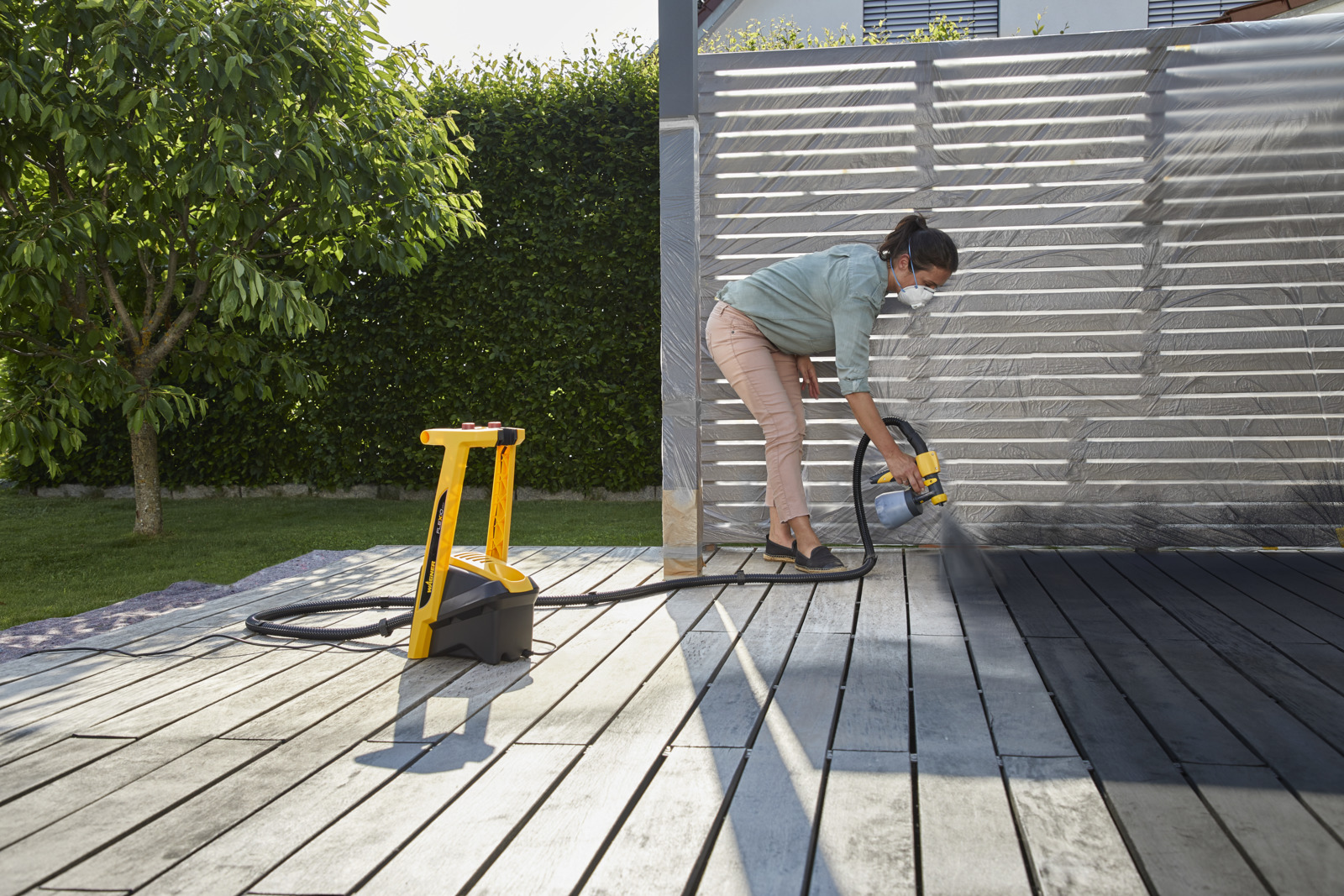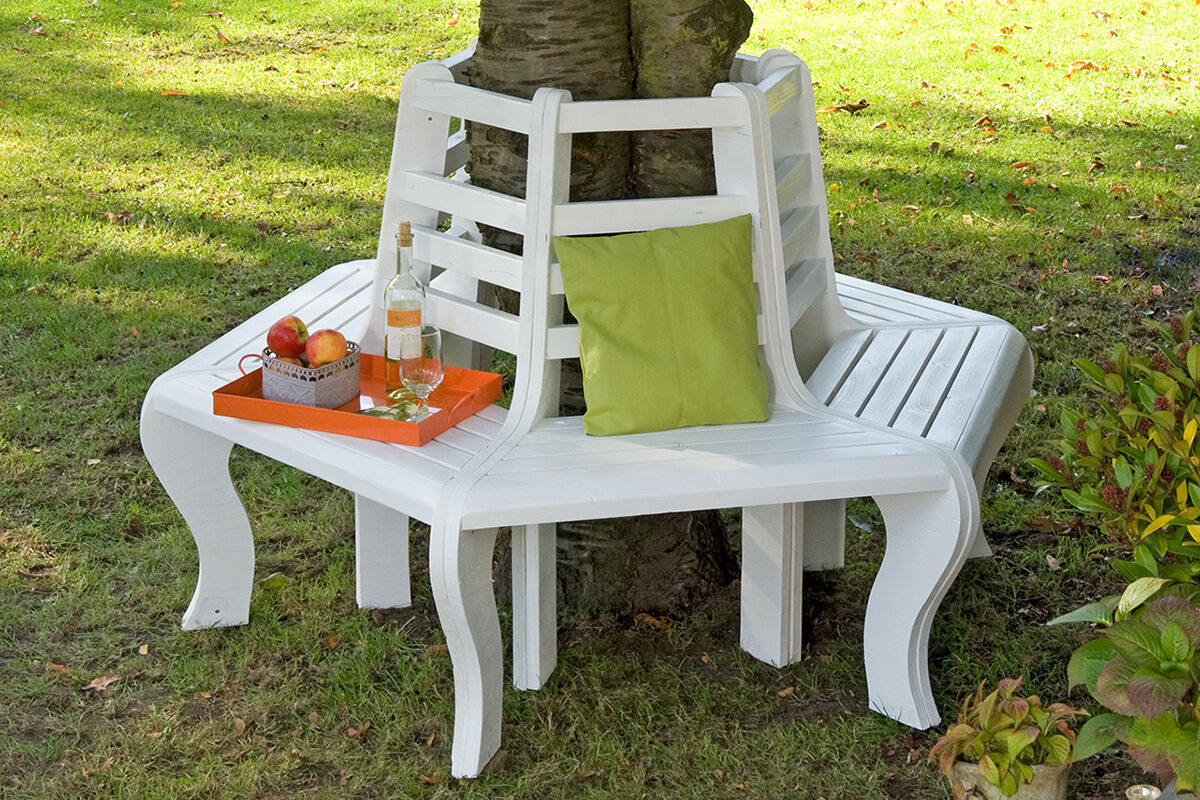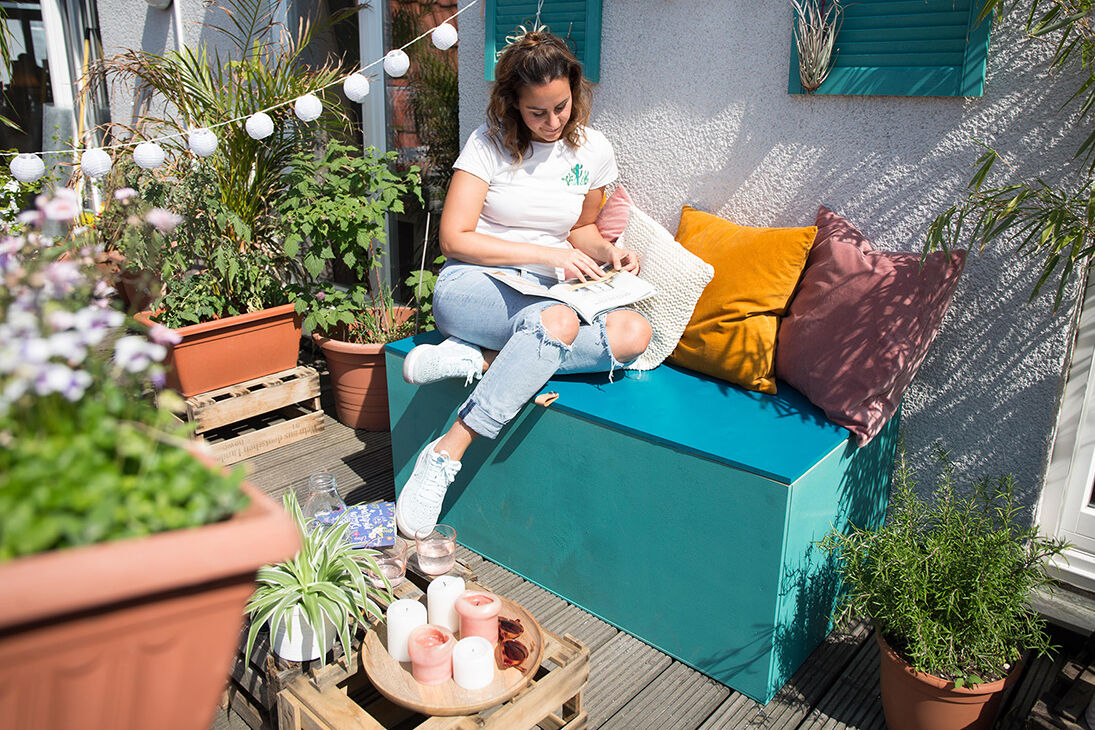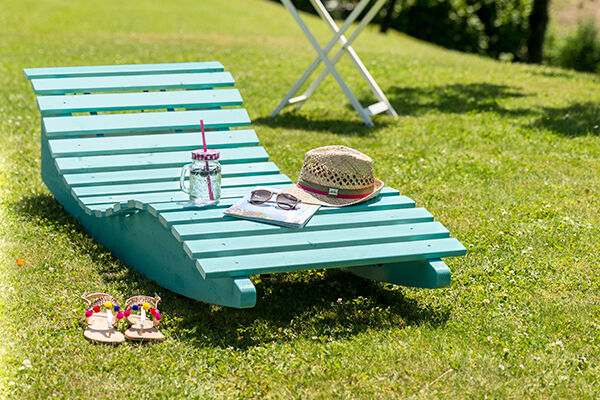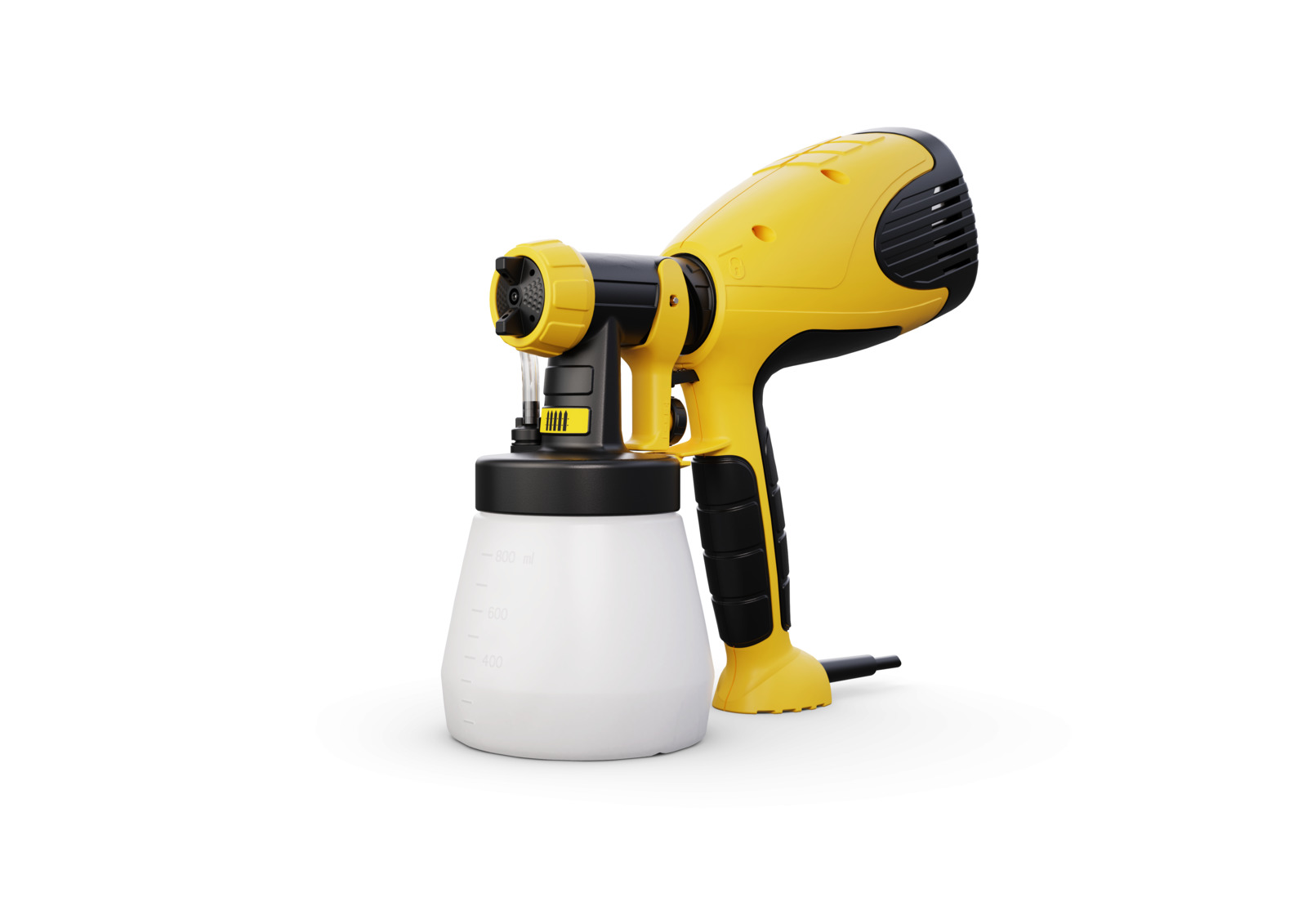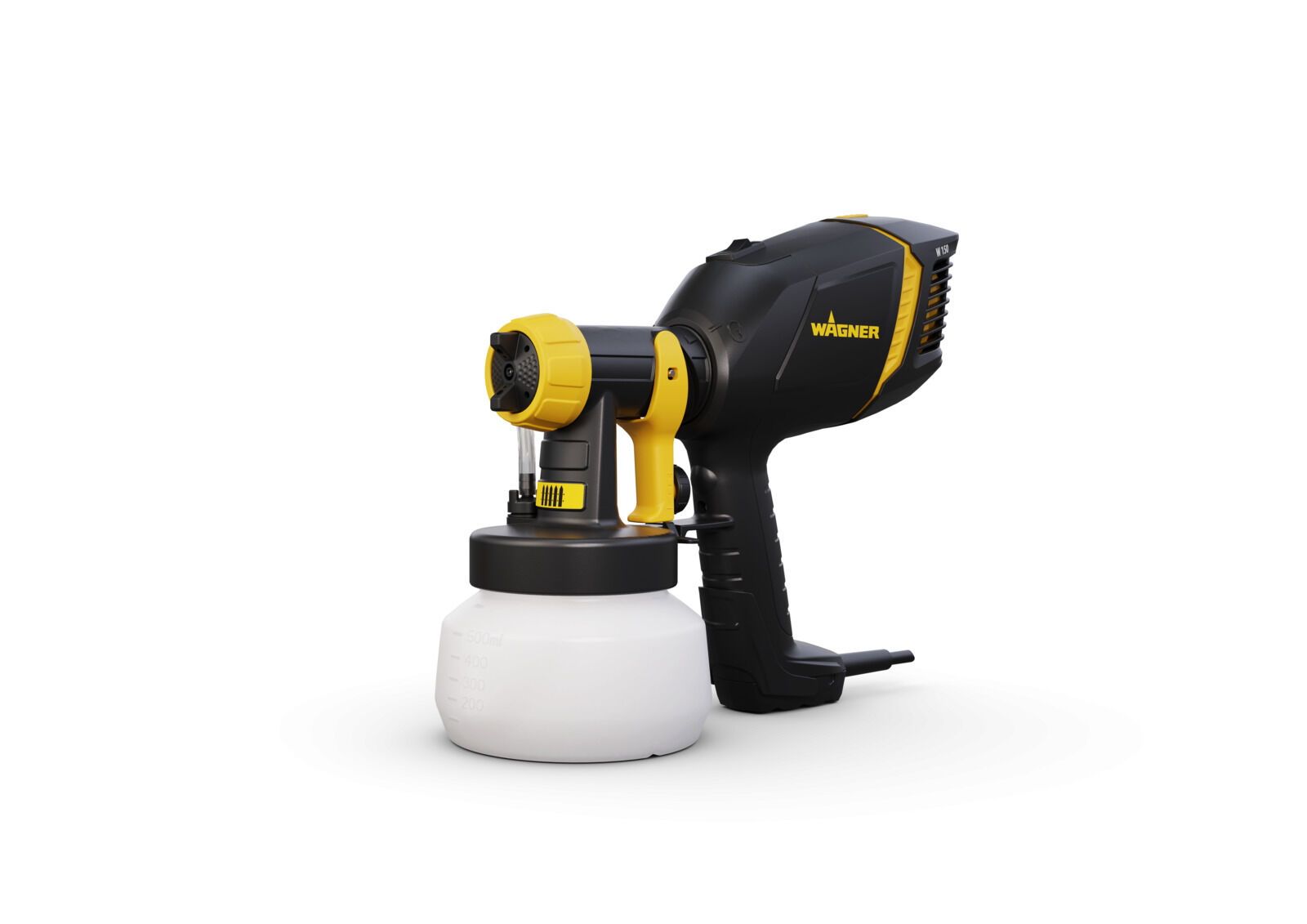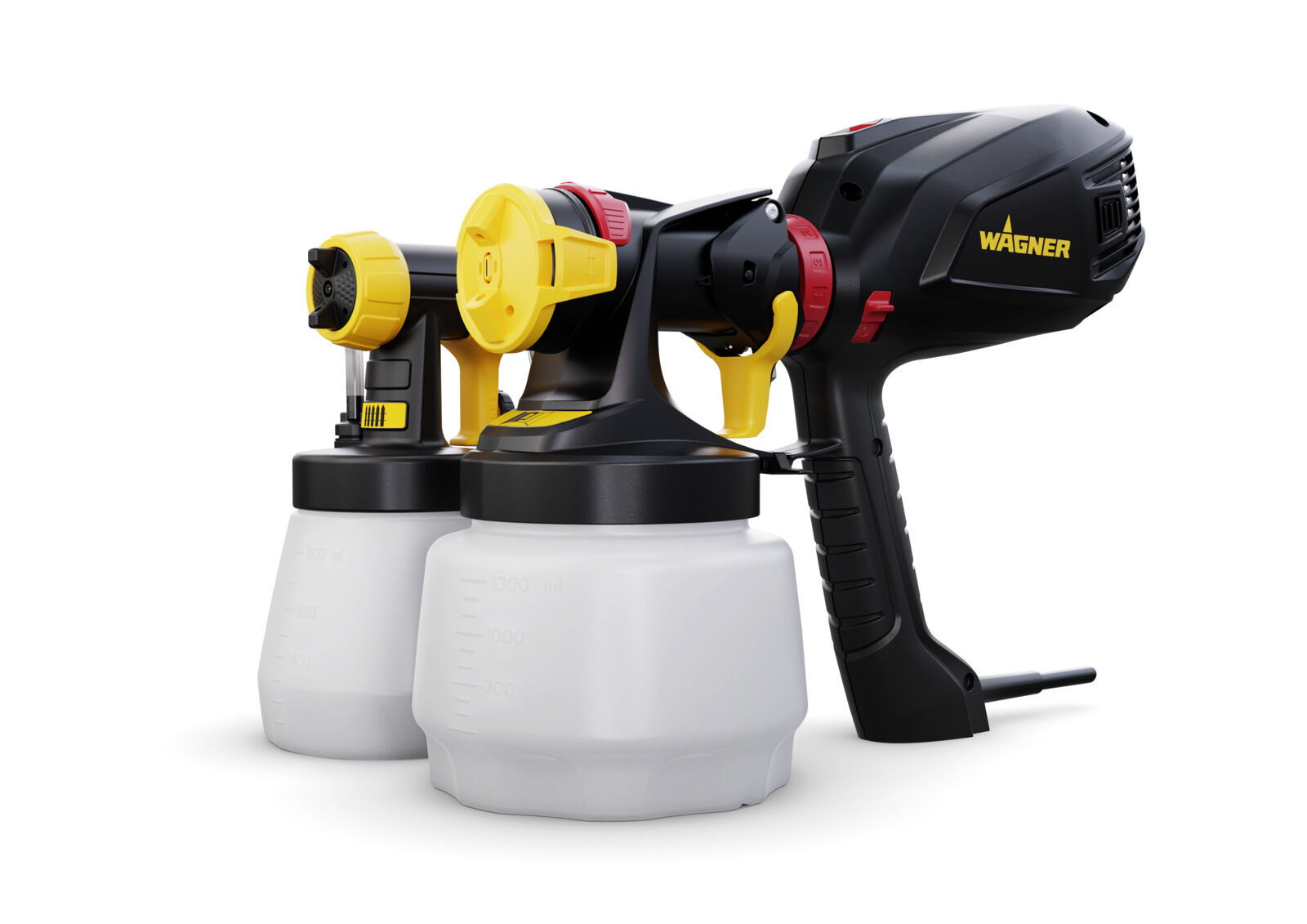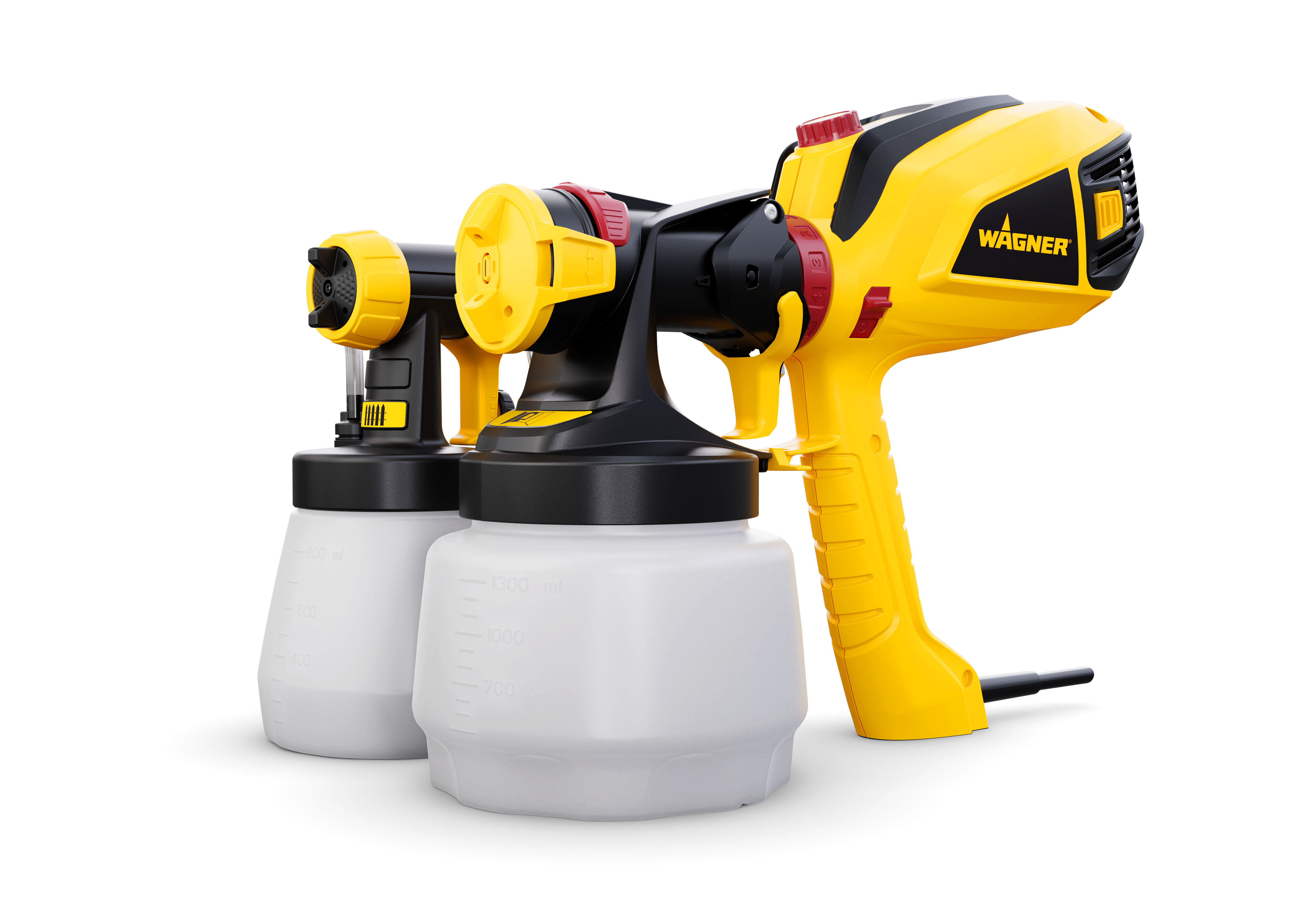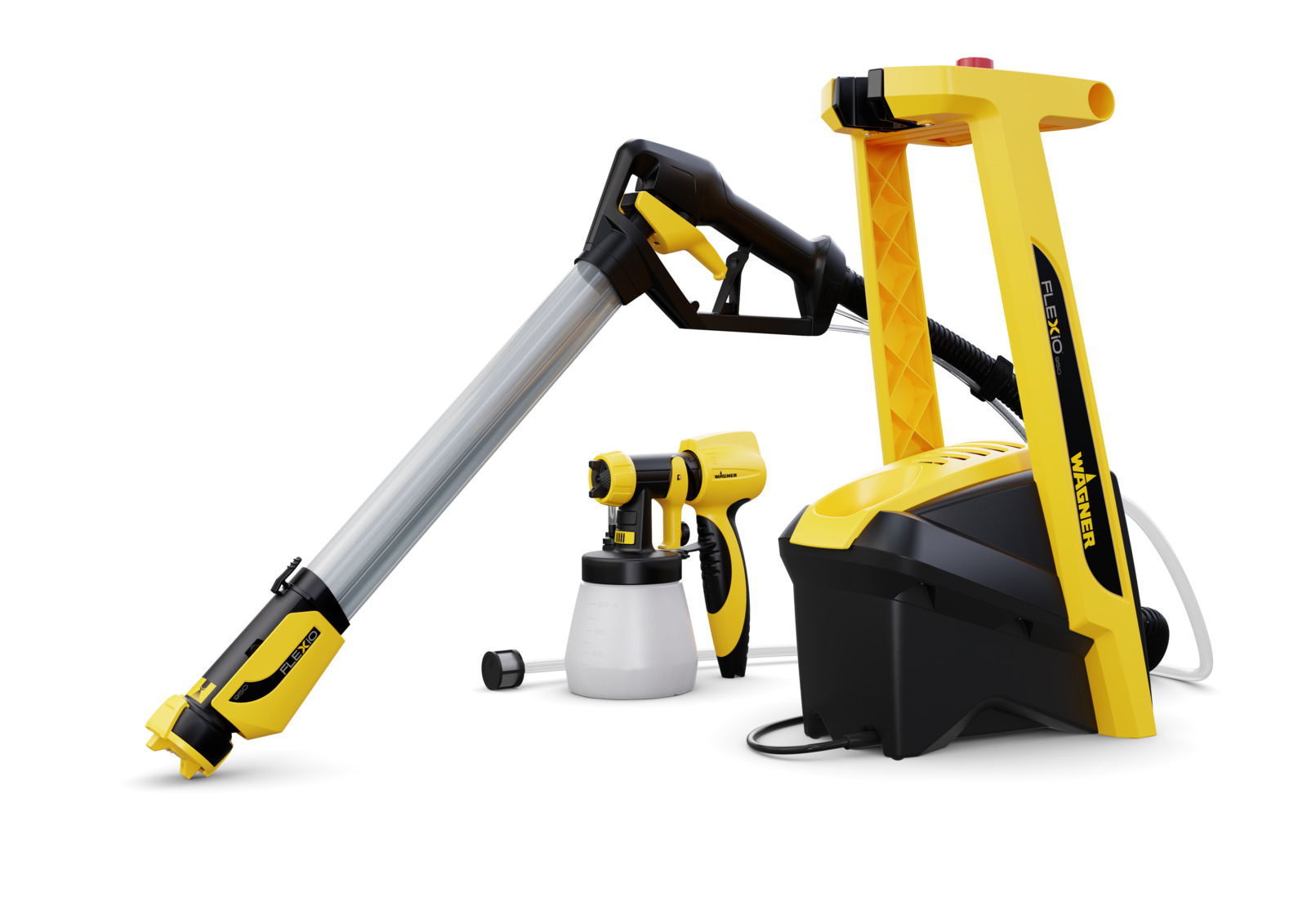Apply glazes and lacquers correctly with the FLEXiO paint spray systems
This is Carina. On this page she gives you some tips and tricks for the application of lacquers and glazes with our paint spray systems. She also shows you which settings need to be selected to achieve a perfect spraying result with the Universal Sprayer W 590 from the WAGNER FLEXiO range.

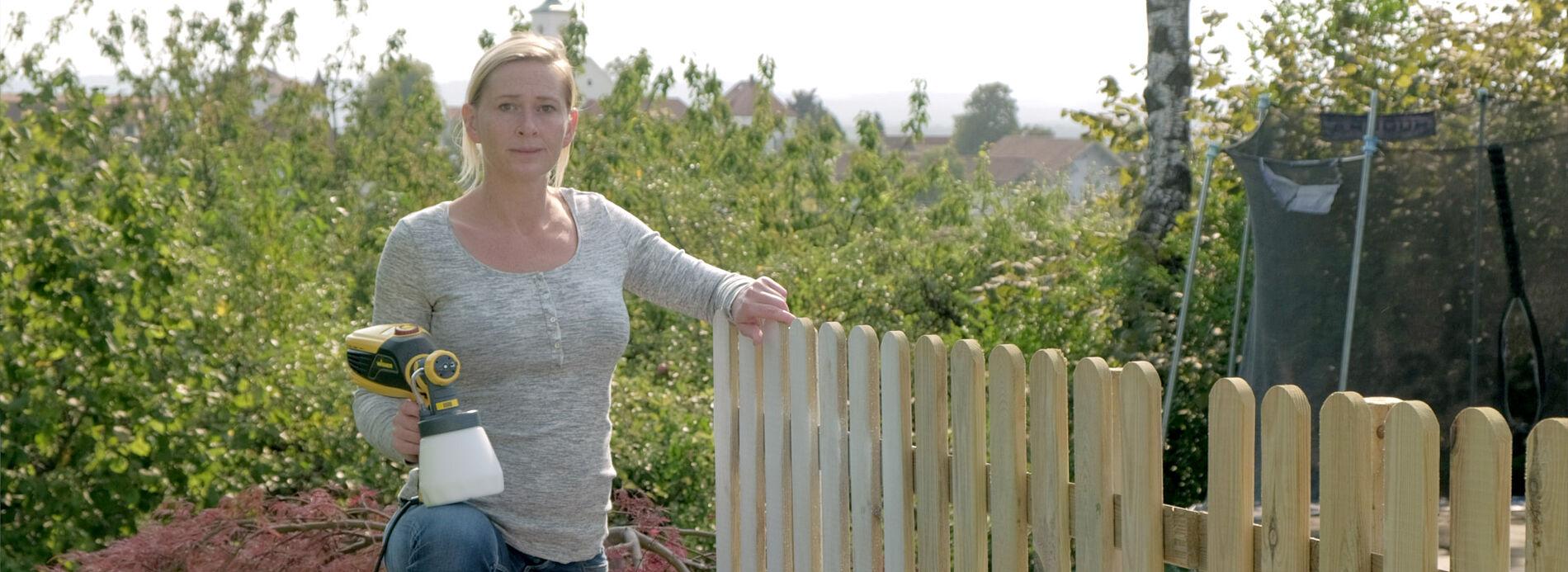

![2361507 W100 Outdoor ApplicationPicture Close up [Translate to English:] Lacke sprühen](https://cdn.wagner-group.com/fileadmin/ratgeber/material-spruehen/lacke-spruehen/2361507_W100_Outdoor_ApplicationPicture_Close-up.jpg)
